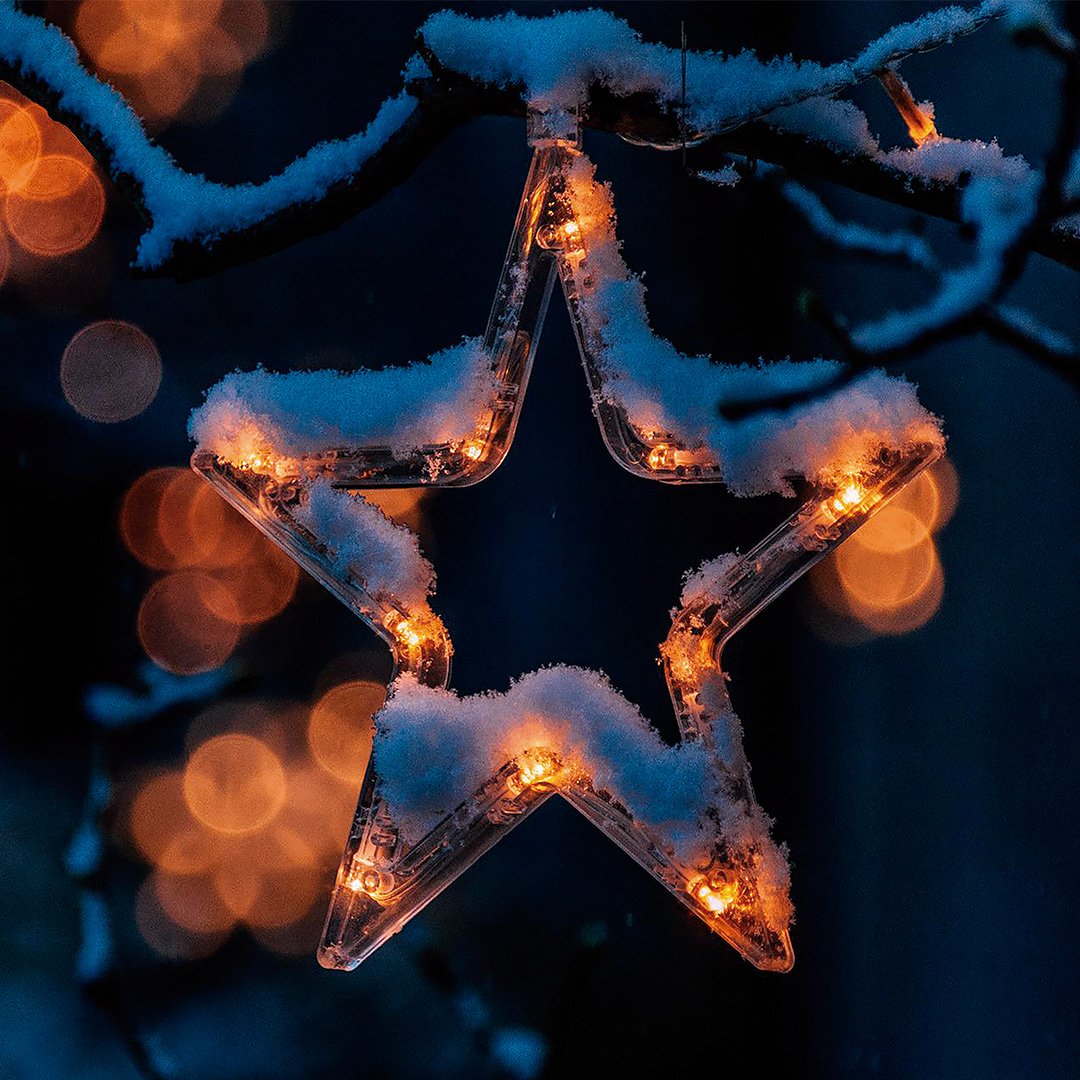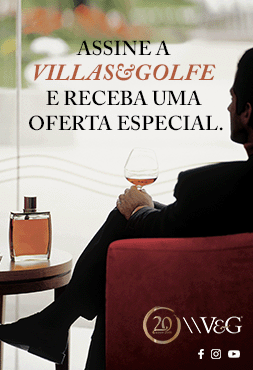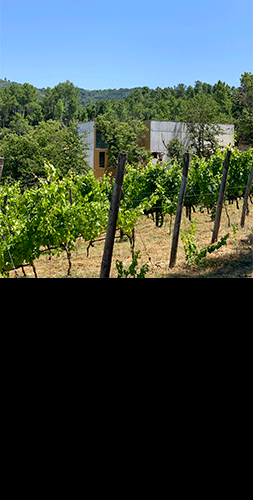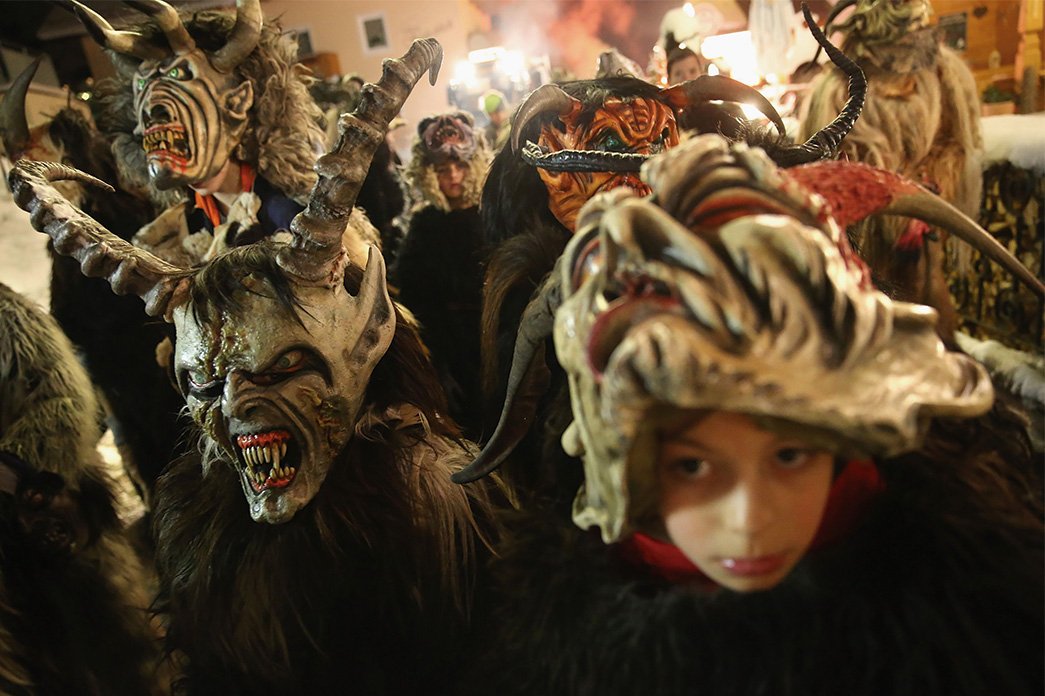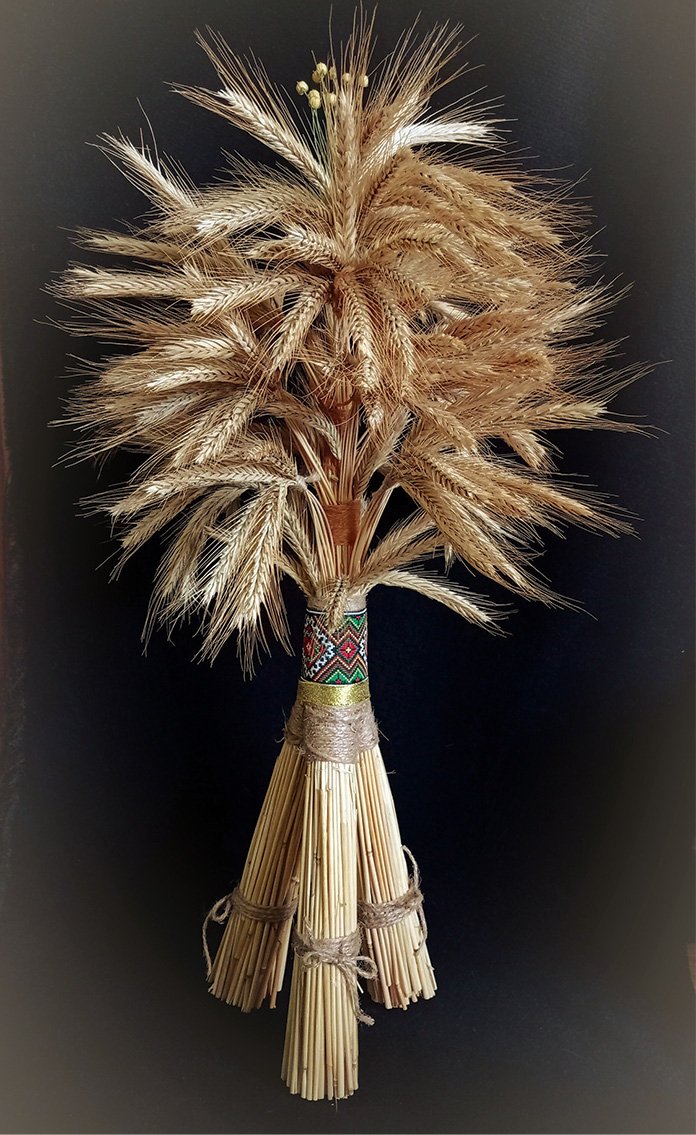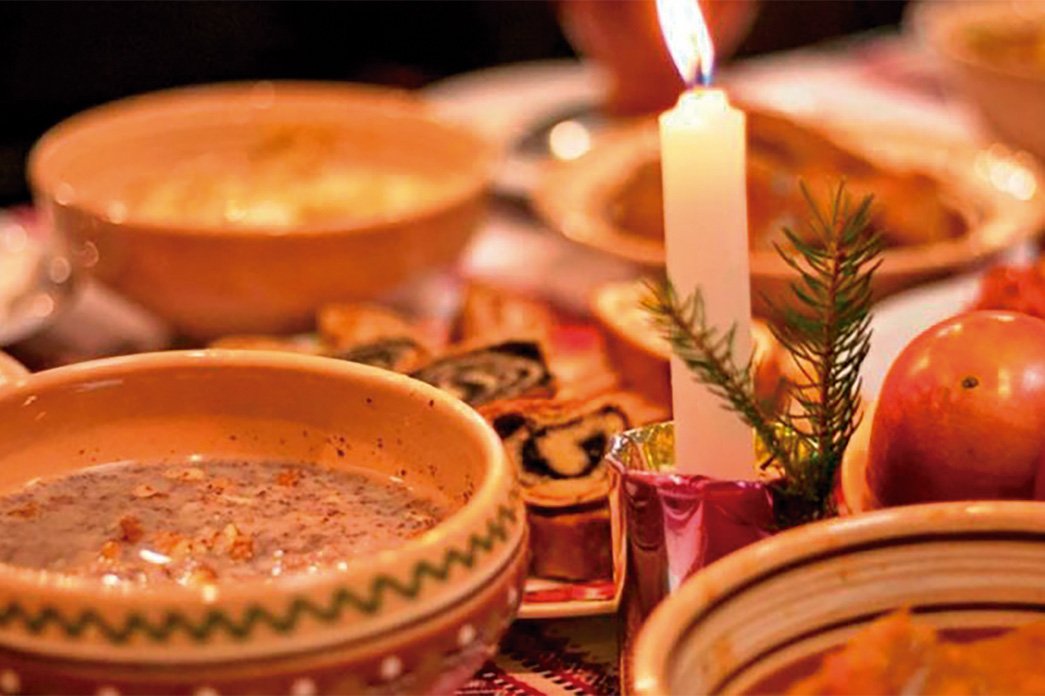Ukraine: the 13 days behind
Yes, Ukrainians celebrate Christmas. And no, they are not late. January 07 is the day Ukraine celebrates Christmas, since Orthodox Christianity is governed by the Julian calendar, which is 13 days behind its Gregorian counterpart. Christmas dinner takes place on the 6th and, the most impressive thing is that there is a tradition of 12 different dishes on the table, representing the 12 apostles of Jesus Christ. Traditional food varies between soup, dumplings, mushrooms, fish and many kinds of cookies. In a place of honour, there is also the didukh. This is a festive sheaf of wheat, a type of object that connects the spirits of the ancestors with the living. It is also said that the Christmas dinner only begins when the first shooting star of the night has been seen, and then a candle is lit, prayers are said and appetites are sated. The ceremony of the birth of Jesus takes place the following day and, contrary to common practice, presents are only exchanged on New Year's Eve. The 7th, 8th and 9th are public holidays, allowing time for what Ukrainian culture cherishes most: family. Just one more piece of information: the Christmas season ends perfectly, at the moment a spider in spotted on the Christmas tree. These creatures are seen as bearers of good fortune. Legend has it that whoever finds them will enjoy a year full of wealth.
Austria’s Christmas features the appearance of a demonic creature called the Krampus
